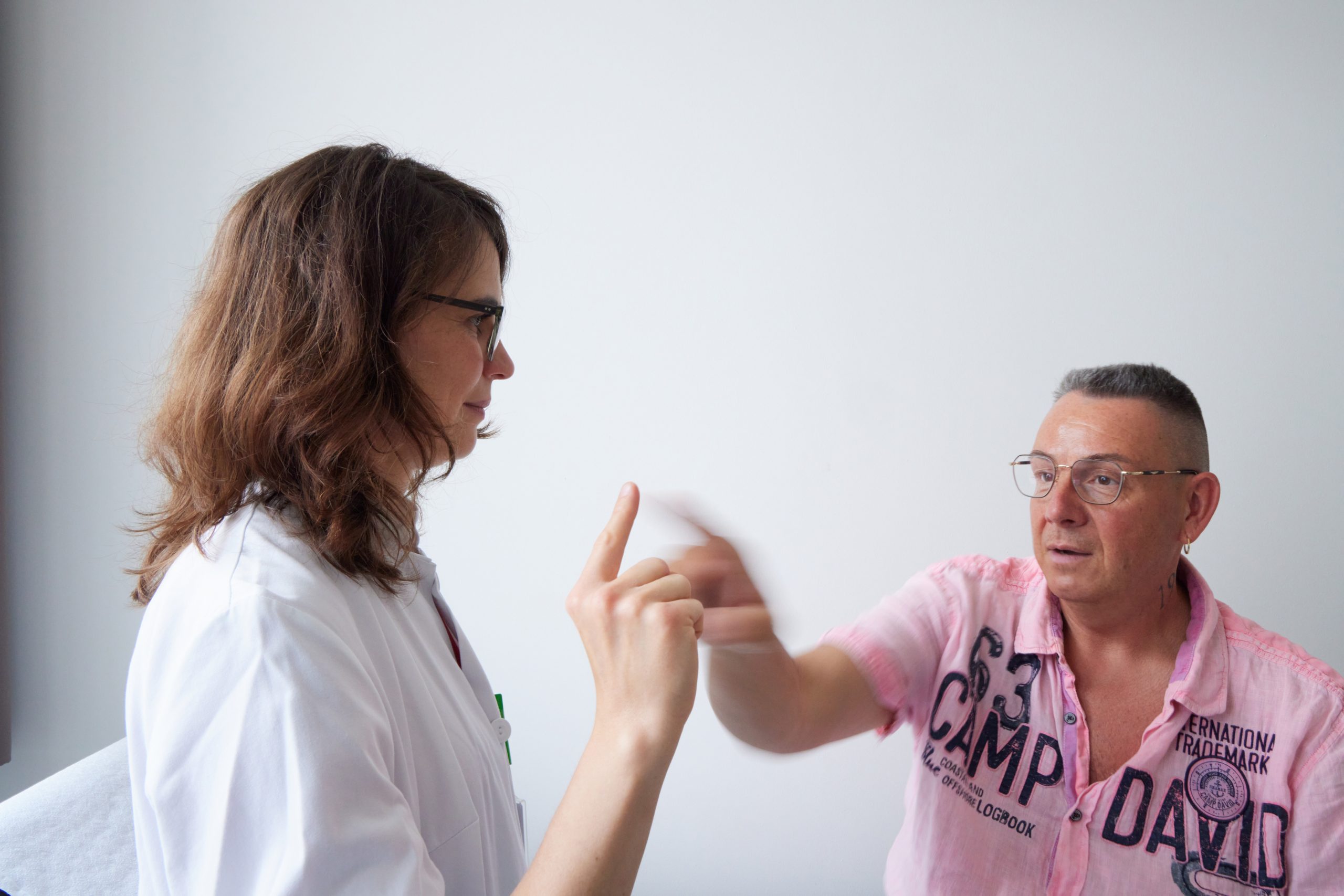Quantitative imaging of the cerebellum
Ultra-high field MRI, biomarkers & disease modelling
Klinik und Poliklinik für Neurologie, Uniklinikum Bonn
Deutsches Zentrum für Neurodegenerative Erkrankungen (DZNE)
Dr. Jennifer Faber
The cerebellum, with its unique cytoarchitecture, contains many times the neurons of the cerebrum.
For decades, the cerebellum was was thought to have an exclusive role in motor control. However, there is a growing evidence suggesting a more general role of the cerebellum. In fact, the cerebellum is also involved in the adaptive control of cortical processes. Structural imaging of the cerebellum is challenging due to its peripheral location, especially with ultra-high field MRI. The cerebellum is of particular importance in ataxias, where cerebellar atrophy is a major feature of neurodegeneration.
Cerebellar atrophy is also the characterizing neuroanatomical feature of most ataxias, which manifest as genetic, e.g. the spinocerbellar ataxias (SCA), acquired, or sporadic degenerative diseases, e.g. multiple system atrophy of cerebellar type (MSA-C). Ataxias are rare disease and so far, no therapeutic options are available.
With the first clinical trial using a gene silencing approach recently started in SCA3, there is an urgent need for non-invasive biomarkers to assess disease manifestation and progression and to quantify potential treatment effects. Imaging biomarkers are becoming increasingly important here. Especially, in the genetic diseases, such as autosomal-dominantly inherited SCA, the ideal time window for gene therapy treatment lies before the clinical onset of the disease, were clinical scales are lacking sensitive. Our research is motivated by the identification of imaging biomarkers. In particular, we aim to quantify early neurodegeneration before and around the clinical onset. We are establishing disease models that integrate imaging, as well as fluid biomarker information (e.g. serum NfL leves), in addition to clinical parameters to enable better disease modelling.
Website
Contact: jennifer.faber@dzne.de

Methods
- Quantitative MRI of the cerebellum at 3T and 7T (including T1w, DWI, QSM)
- Automated volumetry of the cerebellum
- Disease modelling







